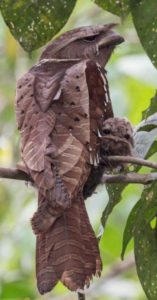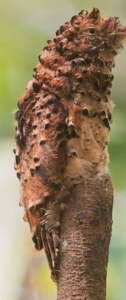The Golden Pheasant (Chrysolophus pictus) is one of the most visually striking birds in the world, admired for its brilliant plumage and exotic appearance. Native to the dense forests and mountainous regions of western China, this bird has captivated bird watchers and nature lovers worldwide. Due to its stunning colors, it has also been introduced to various parts of Europe and North America, where it thrives in captivity and managed estates.
Appearance and Plumage
The male Golden Pheasant is a spectacular sight. It has a golden-yellow crest that extends down the back of its neck, resembling a cascading mane. Its face and throat are a soft, velvety orange, complementing the deep red plumage of its body. The back sports an iridescent green shade, contrasting beautifully with the golden and copper tones of its wings. One of its most striking features is the cape-like black and orange barring on its neck, which can be fanned out like a display. The long tail, often twice the length of the body, is a mix of brown, black, and golden hues, adding to its elegant appearance.
In contrast, the female Golden Pheasant is more subdued in color, featuring brown and buff plumage with intricate barring. This muted coloration helps her blend into the underbrush, providing excellent camouflage while nesting.
Habitat and Distribution
Golden Pheasants are native to the forests and mountainous regions of central and western China. They thrive in dense woodlands and bamboo thickets, where they can easily hide from predators. Although they are primarily ground-dwelling birds, they can fly short distances when necessary. However, they prefer running and foraging on the forest floor, searching for food such as seeds, berries, insects, and leaves.
Over time, these birds have been introduced to several other countries, including the United Kingdom and the United States. They are often found in aviaries, parks, and private collections due to their beauty and relative ease of care in captivity.
Behavior and Diet
Golden Pheasants are known for their shy and elusive nature. Despite their bright colors, they are surprisingly difficult to spot in the wild, as they blend well with their surroundings and prefer to stay hidden. They are most active at dawn and dusk, foraging for food in the undergrowth.
Their diet consists of a variety of plant materials, including seeds, grains, leaves, and berries. They also consume small insects and worms, which provide essential protein. In captivity, they are fed a balanced diet of grains, fruits, and vegetables to ensure their health.
Breeding and Courtship
During the breeding season, the male Golden Pheasant performs an elaborate courtship display to attract a mate. He fans out his golden crest and spreads his cape-like feathers, creating a mesmerizing visual effect. He will also strut around the female, making soft clucking sounds and displaying his vibrant plumage.
The female lays 8–12 eggs, which she incubates for about 22–23 days. Once hatched, the chicks are relatively independent and grow quickly, developing their feathers within a few weeks. However, males take nearly two years to develop their full adult plumage.
Symbolism and Cultural Significance
In Chinese culture, the Golden Pheasant is often associated with good fortune, prosperity, and beauty. It has been depicted in ancient paintings, embroidery, and sculptures, symbolizing elegance and high status. Some legends even suggest that the bird inspired the mythological phoenix, a creature representing rebirth and immortality.
Conservation Status
Although the Golden Pheasant is not considered endangered, its populations in the wild are difficult to track due to their elusive nature. Habitat destruction poses a potential threat, but the species remains stable, thanks to its adaptability and widespread presence in captivity.
Conclusion
The Golden Pheasant is truly a marvel of nature, admired for its dazzling colors, graceful demeanor, and cultural significance. Whether in the wild or in aviaries, it continues to fascinate bird enthusiasts and symbolize beauty across the world.

